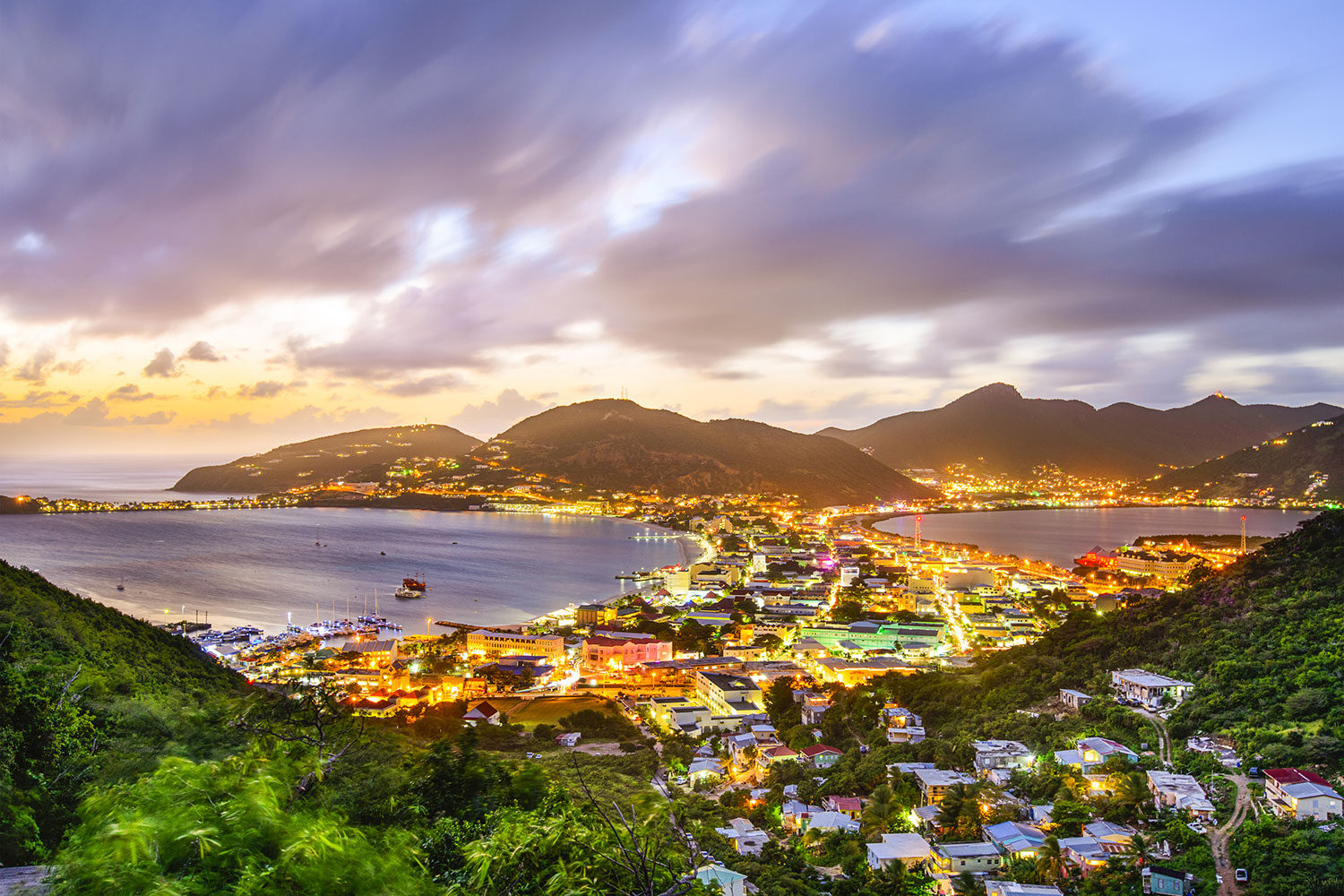Hawaii is known for its incredible physical diversity, offering a wide range of natural landscapes that make it truly unique. Here are some key aspects of Hawaii’s physical diversity:
- Islands: Hawaii consists of a chain of islands, with the main islands being Hawaii (also known as the Big Island), Maui, Oahu, Kauai, Molokai, Lanai, and Niihau. Each island has its own distinct geography and features.
- Volcanoes: The Hawaiian Islands were formed by volcanic activity, and they continue to be shaped by active volcanoes. The Big Island, in particular, is home to the world’s most active volcano, Kilauea. This volcanic activity has created stunning landscapes, including lava fields, volcanic craters, and black sand beaches.
- Mountains: Hawaii has several mountain ranges, with the highest peak being Mauna Kea on the Big Island. These mountains offer breathtaking views, lush forests, and diverse ecosystems.
- Beaches: Hawaii is renowned for its beautiful beaches, with crystal-clear waters and white, golden, and even black sand. From popular tourist spots to hidden gems, there are beaches to suit every preference.
- Rainforests: The islands of Hawaii boast lush rainforests abundant with diverse plant and animal life. These tropical rainforests are characterized by dense vegetation, waterfalls, and vibrant flora and fauna.
- Coral Reefs: Hawaii is surrounded by vibrant and biodiverse coral reefs, making it a popular destination for snorkeling and scuba diving. These reefs are home to a variety of marine life, including colorful fish, sea turtles, and even dolphins.
These are just some of the many elements that contribute to Hawaii’s physical diversity. Exploring the islands allows you to experience a wide array of landscapes, from volcanic wonders to stunning coastal areas and lush greenery.








Hawaii, The Diversity is Endless

